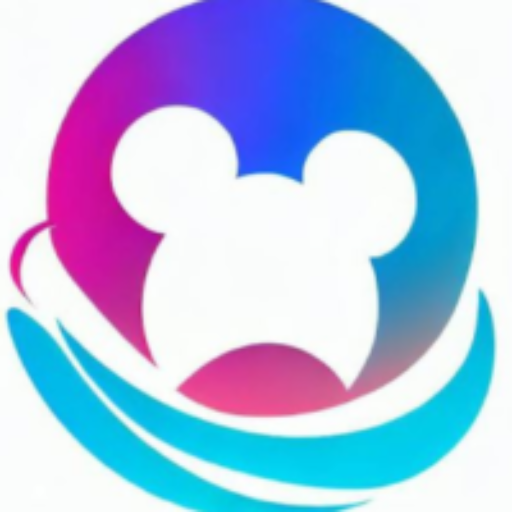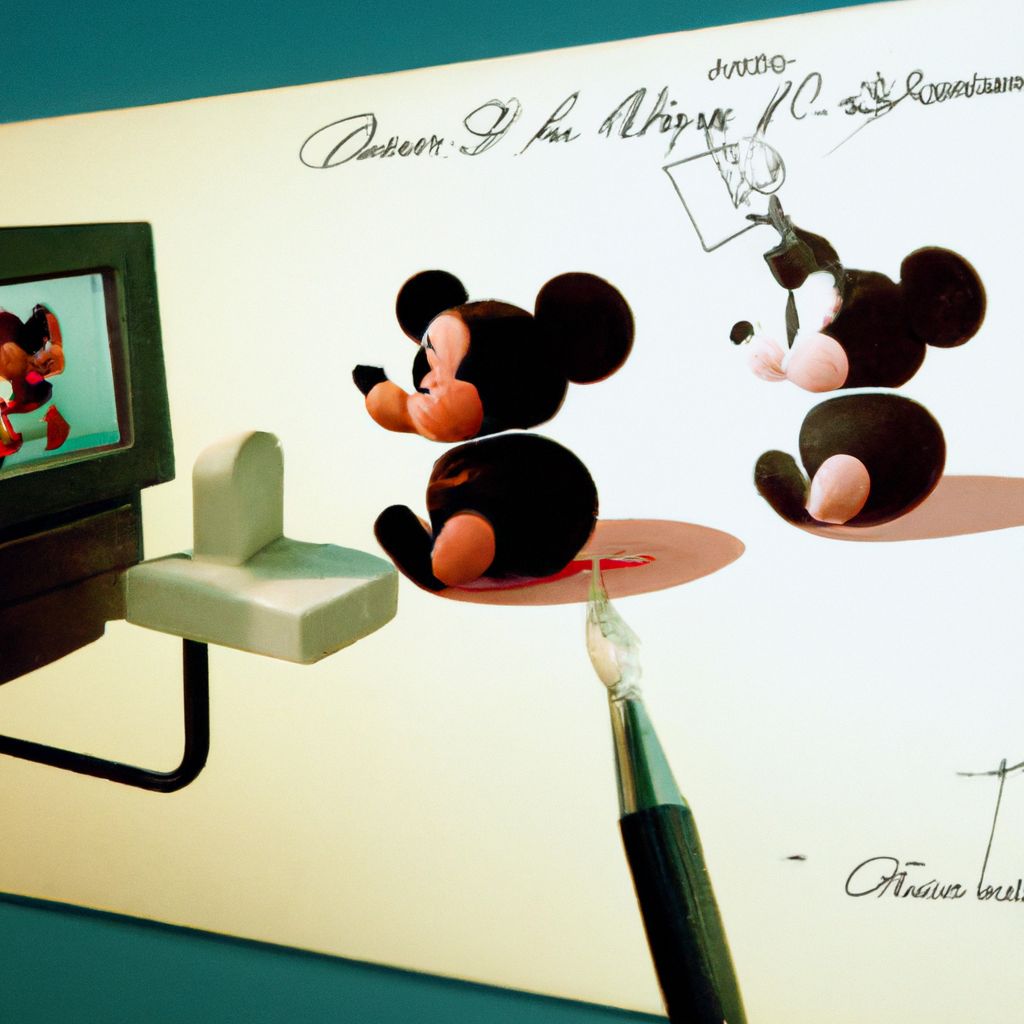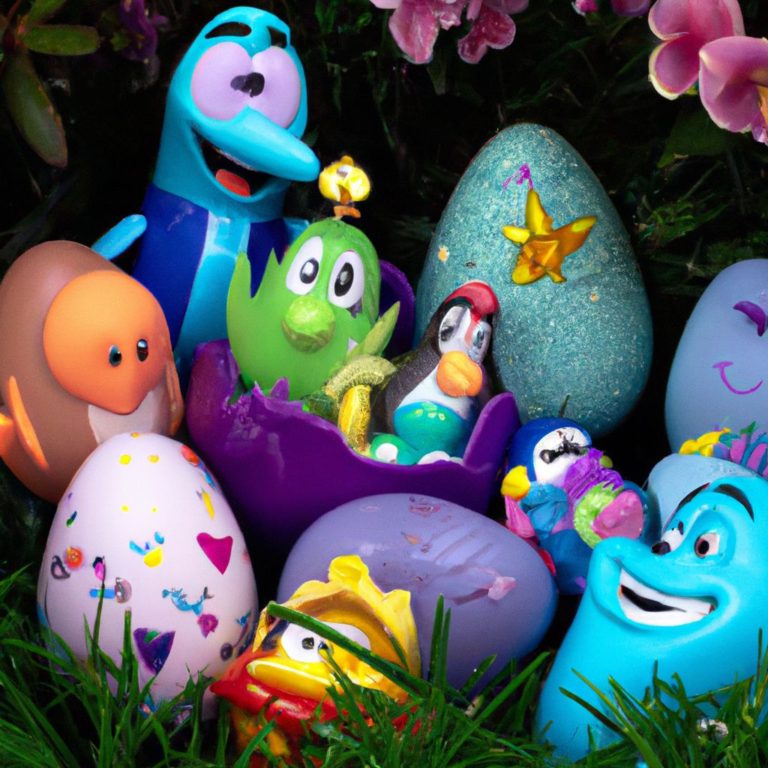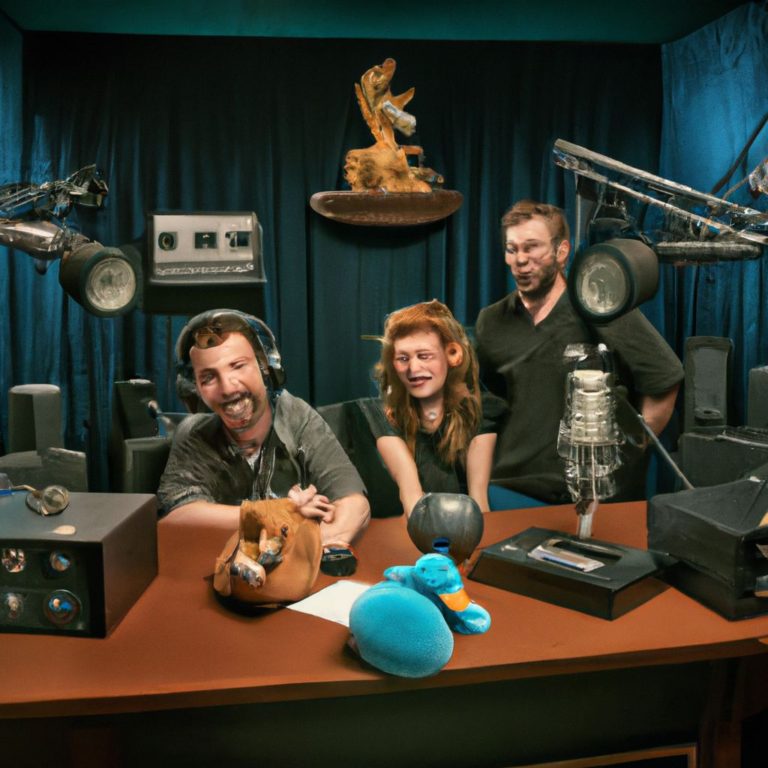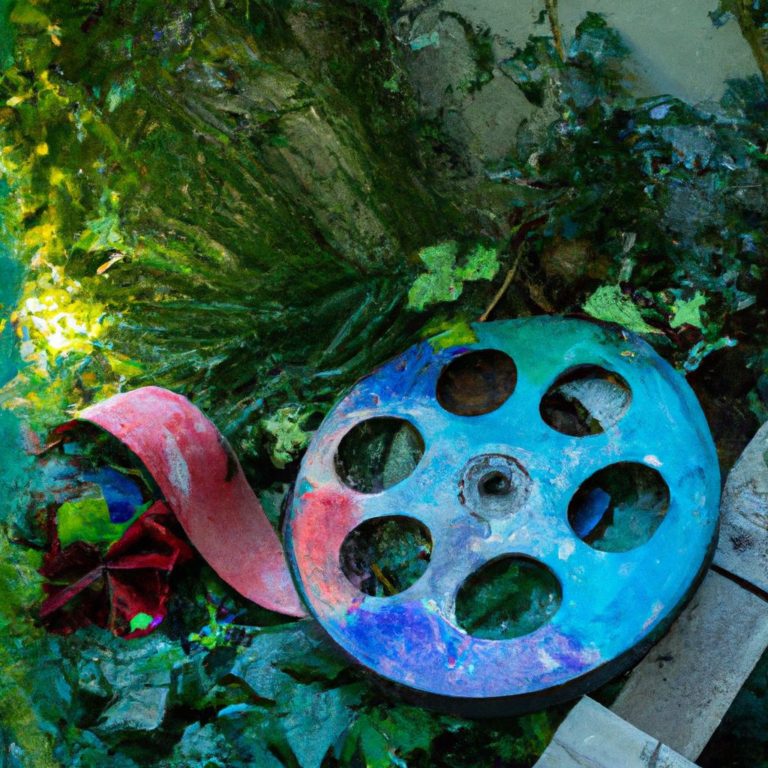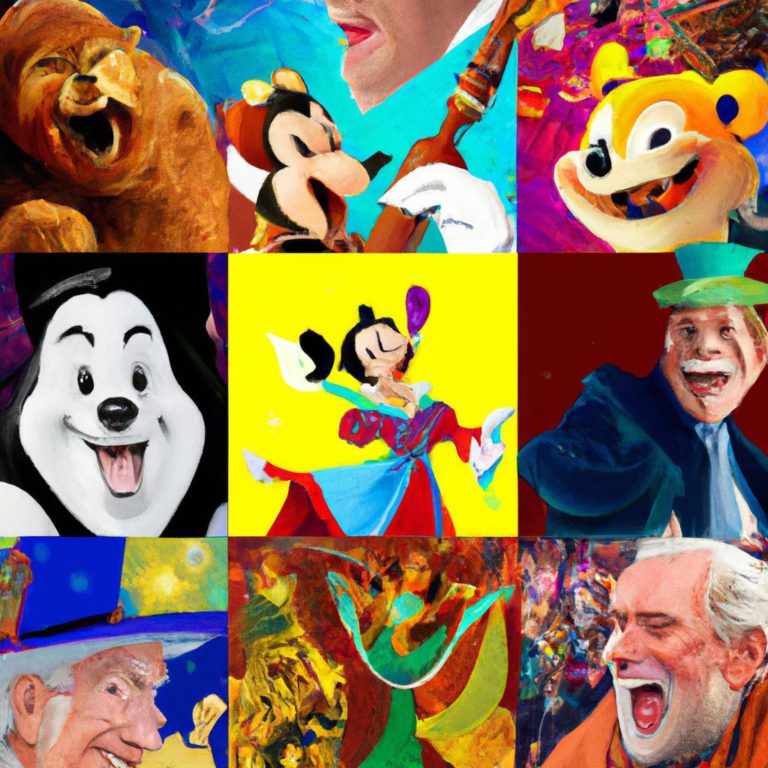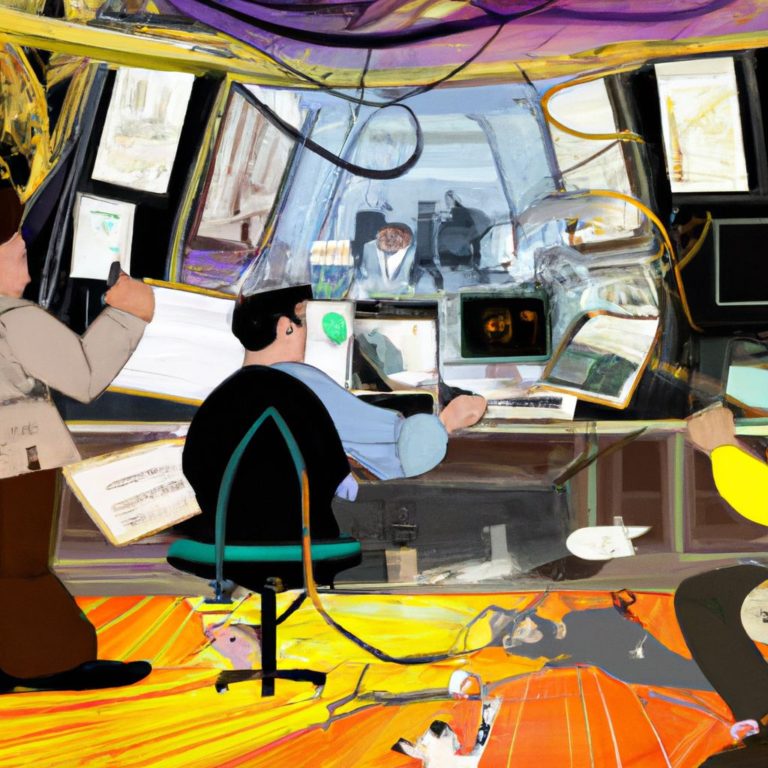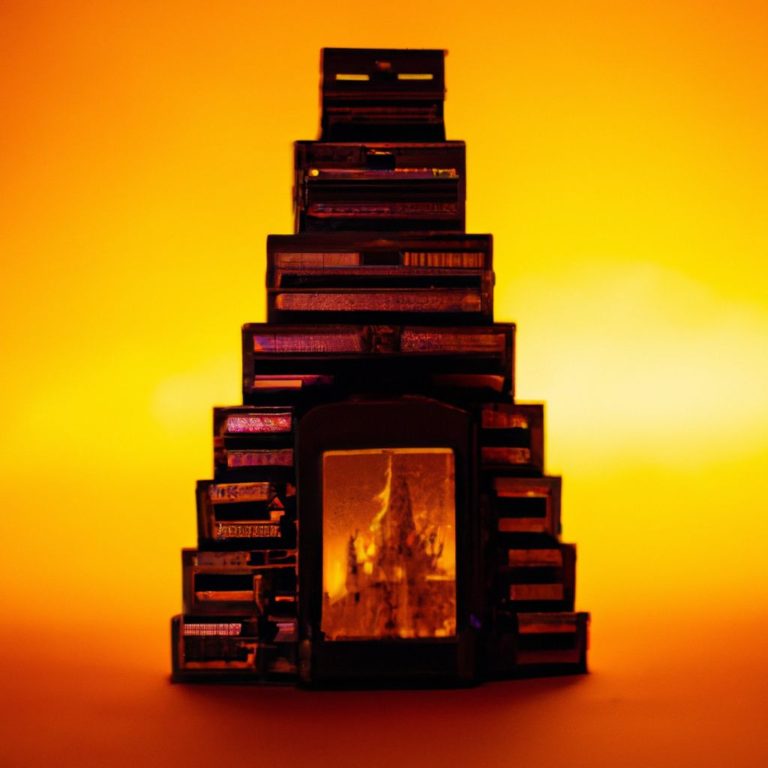Evolution Of Disney Animation Technology
- 100 Disney Facts That Might Surprise You - June 24, 2023
- Secrets Of Disneyland Attractions - June 24, 2023
- Real Life Inspirations Behind Disney Movies - June 24, 2023
Introduction
Disney animation has come a long way since its start. It has revolutionized the world of animation with its innovative techniques and capabilities. Today, Disney movies are known for their stunning visuals and lifelike characters.
Computer-generated imagery (CGI) was introduced in the 1990s which marked a milestone for Disney. CGI allowed filmmakers to create 3D models and environments, bringing characters alive in ways never seen before. This technology opened up endless possibilities for storytelling and visual effects, captivating audiences worldwide.
Disney kept exploring new technologies every year. Motion capture technology further enhanced character realism by capturing the movements of real actors and transferring them into animation. This technique made characters move and emote in a natural and believable manner.
Recently, Disney has also adopted virtual reality (VR). VR allows viewers to engage in virtual worlds where they can interact with animated characters and explore landscapes firsthand. This merging of animation and VR makes viewers an active participant.
To push boundaries further, Disney could use artificial intelligence (AI). AI algorithms can automate animation processes, such as character movements or background generation. Animators can then focus more on creative aspects while still achieving high-quality results quickly.
Moreover, Disney could invest in research and development to create improved rendering techniques. This would lead to faster processing times and better image quality. Not only will this enhance the visual appeal but also streamline production processes, enabling filmmakers to bring their visions to life easily.
Traditional animation techniques – where drawing hundreds of frames by hand is just a delightful way of saying I have too much time on my hands.
Traditional Animation Techniques
Traditional animation techniques have been integral to the evolution of Disney animation. These timeless methods have captivated audiences for decades, showcasing the artistry and dedication of Disney animators.
Let’s explore some of the iconic traditional animation techniques used by Disney:
- Hand-drawn Animation: This requires creating each frame manually, bringing characters and scenes to life with skill and precision.
- Cel Animation: This involves drawing characters on transparent sheets, known as “cels”. By layering multiple cels, animators can achieve dynamic character interactions and seamless integration with backgrounds.
- Multiplane Camera: This invention revolutionized traditional animation. With multiple layers of artwork placed on different planes, animators could create depth and dimension, enhancing the viewer experience.
- Rotoscoping: This involves tracing over live-action film footage frame by frame for realistic movement. Disney pioneered this technique in films like Snow White and the Seven Dwarfs, blending real-life performances and animated characters perfectly.
These traditional techniques helped Disney’s success in animation and continue to inspire modern animators.
Innovation has taken animation technology to new heights in recent years, with computer-generated imagery (CGI) transforming Disney’s visual storytelling approach. Nevertheless, traditional animation techniques still hold their charm and are a key part of Disney’s creative process.
One story encapsulates the magic of traditional animation techniques. Walt Disney reportedly visited the studio late at night, examining and reshooting scenes to perfection – a testament to his commitment and attention to detail.
Traditional animation techniques have shaped the history of Disney animation and the wider world of animated storytelling. Their legacy continues to motivate new generations of artists and animators, reminding us of the power of human creativity in bringing animated characters and worlds to life. Even in the magical world of animation, laziness can lead to great innovation – this is seen in Disney’s transition from painting hundreds of individual cels by hand to using computers.
Digital Revolution in Animation
Disney has embraced the digital revolution in animation, transforming how they create their enchanting films. With groundbreaking tech, animators can now control every aspect of a character’s movements and expressions. CGI and motion capture technologies capture the nuances of human movement and render farms create photorealistic visuals.
Take the movie “Frozen” for example. Animators used dynamic simulations and particle effects to accurately depict Elsa’s ice powers. This allowed them to achieve mesmerizing visuals.
The digital revolution has pushed the boundaries of creativity at Disney. By utilizing cutting-edge technology, animators are able to bring their imaginative ideas to life with breathtaking realism. It’s exciting to imagine what future innovations will shape animation next! Former animators have even become video game enthusiasts.
Innovations in Disney Animation Technology
Disney’s animation has evolved rapidly – from pen and paper to pixels and algorithms. They’ve blended traditional artistry and digital magic to make animated worlds more vibrant than imagination.
The Multiplane Camera, introduced in 1937, revolutionized the industry. It used multiple layers of artwork and moved them at different speeds, creating a sense of depth and dimension never before seen.
The CAPS system – Computer Animation Production System – was another groundbreaking advancement. It enabled animators to digitally color and paint their animations; reducing production costs.
3D animation technology was embraced by Disney, pushing boundaries even further. Films like “Toy Story” and “Frozen” showcase their ability to create captivating worlds with computer-generated imagery.
To continue innovating, Disney could explore virtual reality (VR) technology for a more immersive viewing experience. AI could also be incorporated into animation production – assisting with tasks like character design, or even generating storylines. This would not only speed up production but also allow for more creative possibilities.
Integration of Traditional and Digital Techniques
Disney has revolutionized film-making by combining traditional and digital techniques. Hand-drawn artistry, CGI, digital compositing, motion capture, and even virtual reality have all been utilized to push the boundaries of visual storytelling. This integration has dramatically increased the artistic possibilities in Disney’s animated films.
Walt Disney himself was no stranger to animation technology. He is credited with inventing the multiplane camera, which allowed for more depth in animation by layering artwork on different planes.
The future of Disney animation looks bright, due to innovative computer geeks with their shiny foreheads!
Future of Disney Animation Technology
Disney animation technology is heading for a promising future. With the newest advancements in tech, Disney is continuously improving their animation techniques to produce more engaging and immersive experiences. What does this mean for the future? Let’s take a look!
Virtual Reality (VR) is a key player in Disney animation’s future. By combining VR tech with their storytelling skill, Disney can take viewers right into the magical worlds they create. Through VR, people can feel like part of the story, making their experience even more special.
Augmented Reality (AR) is another exciting development in Disney animation tech. By adding digital elements to the real world, AR can make characters appear outside of screens or theatres. This opens up new possibilities for interactive storytelling and entertainment.
Artificial Intelligence (AI) is becoming increasingly significant in the animation industry. Disney uses AI to simplify production processes and enhance character animations. AI algorithms can imitate human movements and expressions, making animations more realistic than ever.
3D printing has revolutionized numerous industries, including animation. In the future, Disney might use 3D printing to create physical models or even figurines based on their characters. This combination of digital and physical realms adds more magic to Disney.
Motion capture is a technique that’s already widely used in the film industry, but its potential for enhancing animated movies is huge. By catching actors’ movements and converting them into animated characters, Disney can achieve lifelike performances that connect with audiences.
The history of Disney animation technology shows us how far it has come and where it’s headed. From introducing sound in Steamboat Willie to using computer-generated imagery in films like Toy Story, Disney has always been committed to innovation and storytelling. We can expect even more incredible developments from this animation leader.
Conclusion: Disney animation technology has progressed faster than a princess getting a makeover – talk about magical progress!
Conclusion
Disney Animation Technology has come a long way. From hand-drawn animation to CGI, Disney is always ahead of the game. This evolution has enabled captivating films for all audiences.
Innovation in Disney Animation is changing the animation industry. With each new development, Disney is pushing the boundaries of what’s possible. This includes lifelike characters and stunning visual effects.
Moreover, Disney is bringing characters to life with advanced facial animation techniques. Animators can capture an actor’s performance and replicate it accurately on a character’s face. This adds emotion to the storytelling, creating an immersive experience.
On top of that, Disney is embracing VR and AR. Now, viewers can interact with characters and explore animated worlds. Through VR headsets or AR-enabled devices, users can step into the shoes of their favorite characters.
Looking ahead, AI and machine learning will bring even more realistic animations and intelligent character interactions. Imagine watching a movie where characters respond to your emotions as if they were real!
